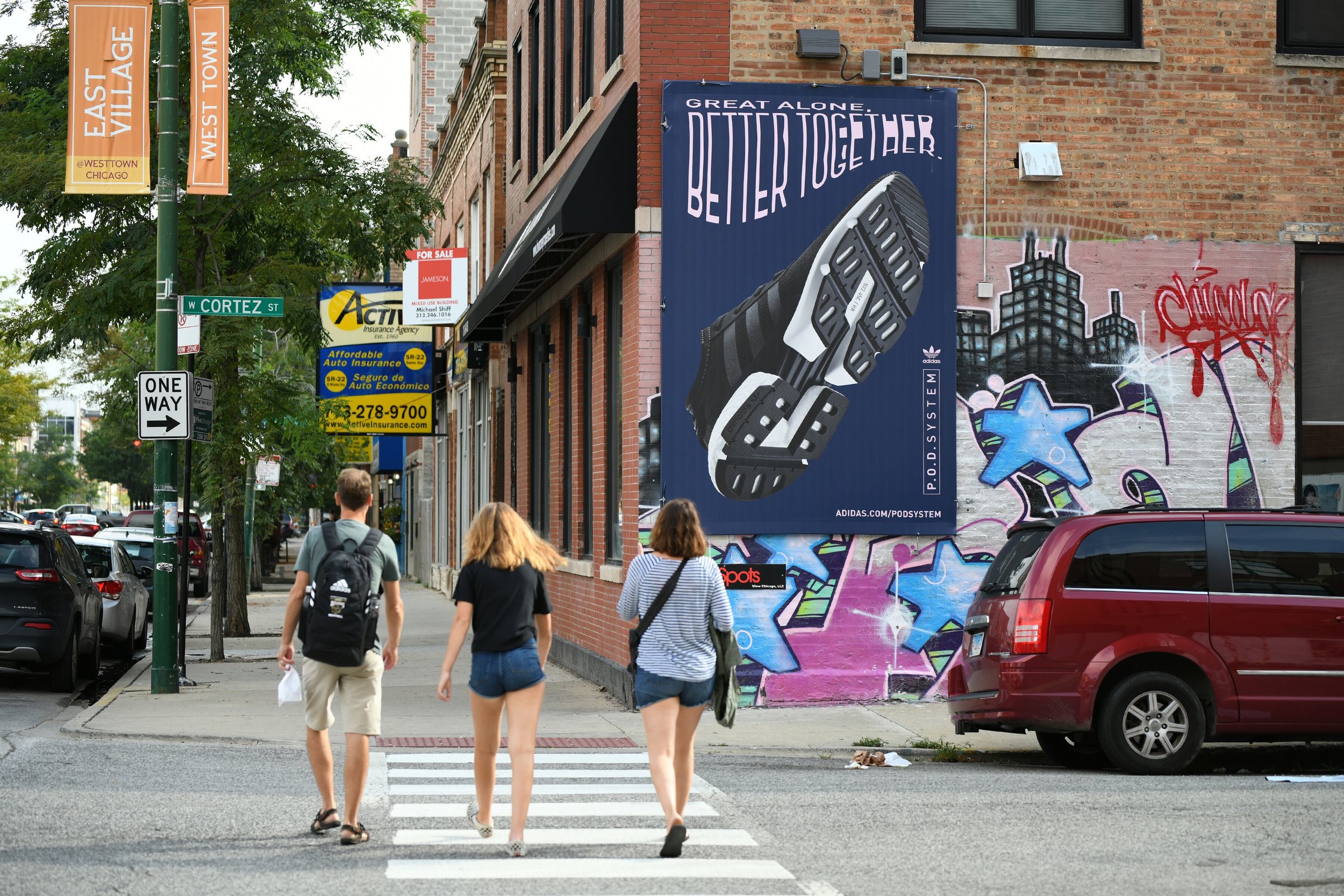Ideally your marketing strategy combines different media approaches in order to reach your target audience with more frequency. But how do you choose between different marketing options? Below we have a comprehensive list of the benefits and disadvantages of each marketing medium and how they can be paired with OOH to maximize your marketing goals.
Most advertising can be broken down to these types of media: OOH, TV, radio, print, and online. As you read that short list, you can immediately begin to see some big differences. You can’t show videos if you advertise in print or radio. On the other hand, static ads in print or OOH can be seen multiple times and for longer periods of time. When choosing which medium to use, it is important to know the strengths and weaknesses of each medium.
OOH
In order to compare other media to OOH, let’s talk about OOH and it’s benefits. To begin, OOH is the most cost-efficient medium for advertising. A study by Scarborough USA found that OOH ads reach 96% of Americans, higher than any other medium, and it makes sense; OOH is great at targeting audiences by location or demographics. And the format reaches audiences when they are out of the home and are most likely to make purchasing decisions.
OOH ads are also not intrusive—a commercial on TV immediately interrupts your enjoyment, but seeing a Transit Wrap on your way to work is a seamless experience. Including OOH ads in a strategic campaign will help broaden the reach of any marketing effort, especially when it comes to younger target audiences who may be difficult to reach through TV or print media.
Interested in seeing how we can integrate OOH into your marketing campaign?
TV
Advertising on television is generally split between regular TV and cable TV, though both are very similar. Advertising through TV is used to reach a very broad audience, usually across a wide geography. TV ads also count on visual and auditory stimulus, which can help capture the essence of a product or brand.
Unfortunately, recent technology like DVR or Netflix gives people the ability to bypass the ad experience altogether. This, along with high CPM costs and challenges in hyper-local targeting, leaves advertisers with a need to combine other media in their marketing strategy.
By including OOH in the marketing strategy, advertisers are able to reinforce branding or product concepts when viewers are out doing their daily activities. This reinforcement can also be geographic-based; a shoe ad shown on TV can have its OOH counterpart in Spanish if it’s located in Pilsen. Furthermore, OOH campaigns cost less, which can make a campaign more efficient by decreasing the amount of TV time needed.
Radio
You may be surprised to know that the number of people listening to the radio in the average quarter hour has grown over the last decade, which is largely due to increased commutes. With satellite radio and online stations relying on streaming, ads can have a unique impact because they are tailored to fit the listener’s profile.
However, radio listening is incredibly fragmented and requires a “deep” commitment—that is, advertisers must create different ad formats and buy time in many stations for the campaign to have a real effect. At the same time, radio ads lack the visual component, and they are mostly useful during peak commuting times.
Radio and OOH go well together because it offers a balance of sight and sound. Also, radio ads are susceptible to channel surfing; while OOH is the only type of advertising you can never turn off.
The most common forms of print advertising is newspapers and magazines. Both of these are niche types of media—certain people read Good Housekeeping, and therefore it’s easier to predict what type of audience you can get from a specific publication. While magazine ads tend to be higher quality and can reach similar audiences around the country, newspapers offer a location-based ad space with a context-based focus.
Print media has seen a decline in readership (most common to newspapers), which makes it less effective by itself. Also, magazines and newspapers fundamentally have a short shelf-life, and there is usually no data about specific issues. Some ad recall studies show that less than 50% of newspaper ads leave lasting impressions.
Combining print media with OOH can help personalize the ad experience for the viewer, especially for newspaper ads. OOH can also combat the short shelf-life of a print ad by being displayed 24/7. Though reading rates are declining for print media, OOH provides an unavoidable brand presence that can reinforce the messages expressed in a print media campaign.
(in addition, check out how OOH stacks up against newspapers in cost-per-impression!)
Online
Everyone knows the internet and mobile phones are taking over our lives. The biggest benefit of online ads is the ability to click through and be guided to another page where viewers can learn more about the brand and even make purchases or provide their information. User data can be used to personalize the ad experience by location and many other aspects.
OOH pairs well with online by extending the reach and frequency of an Internet campaign when users are offline. There are many reasons why you should consider coordinating OOH and digital strategies in order to improve your effectiveness. In addition, OOH can help lead to websites and online content through QR codes, SMS messaging, and by simply stating the website name in the creative.
Now that you know all your options, are you ready to create a more effective mixed-media campaign?




